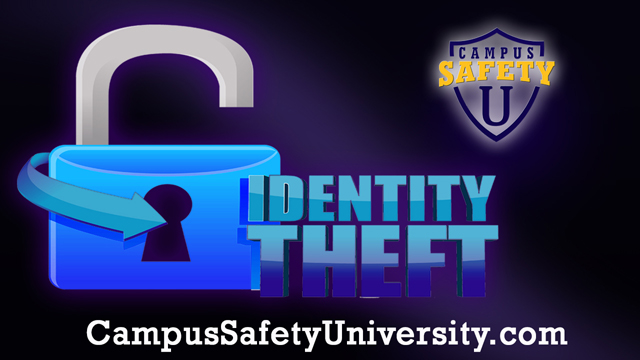CSU Blog
Cybercrime and Identity Theft
- April 24, 2018
- Posted by: Pete
- Category: Bullying Cyberbullying cybercrime Identity Theft personal safety Technology

We all know what crimes are – basically they are things that are against the laws which are put in place to keep us all safe.
But what about cybercrimes?
This is where things can start to get a little fuzzy and a grey area emerges…things aren’t always black and white with regard to cybercrime.
Cybercrime encompasses a variety of online crimes. This includes the theft of information, music, movies, and money. Everyone from individual hackers to foreign governments are guilty of various forms of cyber-crime. The average cost of a cyber-attack on a business is around $21,000. Even more disturbing is that within 6 months of a cyber-attack, 60% of those attacked go out of business. These are startling statistics that illustrate just how severe the problem is.
To protect yourself and your business from cybercrime, start by keeping seemingly “harmless” information such as your birthday, dog’s name or place of employment out of your profile. This information can be used to steal your identity or open accounts in your name. It is imperative that you refrain from sharing personal information with others that could potentially be used to hack your accounts or steal your money or your identity. Set all the Privacy settings appropriately inside of your online profiles. Don’t let everyone see your activity, contact information, photos, timeline, location, etc. Only share this information with actual friends and family members – if at all. You don’t want random people who may be trolling for information reaching out to you—potentially for nefarious reasons. If you receive friend requests from people you don’t know or don’t want to be friends with, block them.
The biggest threat to your online safety and security is not the innumerable hackers, countless viruses and malicious malware that exists today and will only increase in number tomorrow. The biggest threat is your own complacency. Doing nothing is inviting disaster. Thinking it is someone else’s problem is a huge mistake.
Systems are compromised every single day—from the largest corporate network to individual PCs. It is your responsibility, and that of your employer to block as many threats as possible. This is only done through due diligence, maintaining good habits and using common sense. You must properly configure your network router’s firewall and use a reliable backup service to keep your data safe.
Phishing scams have become highly sophisticated and very profitable for those perpetrating the scams. They hope that people will be fooled into acting on the emails that they receive. This is a social engineering attack that gets people to do something they should not. Make sure your anti-virus software works hand-in-hand with your email program to identify any malicious code trying to get into your system from emails.
From a physical standpoint, consider investing in an RFID blocker wallet or purse to shield your credit/debit cards from scanners that can read your information from a distance. Also try not to let your credit/debit card out of your sight when it is being processed by a vendor. Keep an eye on your bank accounts, medical records, investment accounts and credit reports to ensure that nothing new shows up that you did not authorize. Close any accounts immediately that you do not recognize. Any accounts that are fraudulent must be closed immediately and any entries on your credit reports challenged. Never carry around original or copies or your social security card or birth certificate; keep them in a secure, fire-proof safe at home.
Prosecuting someone is not difficult if you are the victim of any sort of cybercrime, provided you keep good records. Report the crime to the authorities immediately so that there is a record of it on file. Provide any copies of texts, posts, etc. to law enforcement. If something does happen or has happened, there will be a record of what transpired prior and during which helps to establish motive. Keep a good record of all these sites because the more evidence you have, the stronger your case will be. Make sure to note the date and time of each post, or the date and time that you first noticed it. Also note the date and time you noticed any information removed from sites. This includes dates and times that you requested people be blocked from various social media sites. Make a hard copy by printing information out so that you have a physical copy of all information.
One of the best websites available to help you report and recover from identity theft is https://www.identitytheft.gov/. You can also download a 68 page paper from https://www.consumer.ftc.gov/articles/pdf-0009_identitytheft_a_recovery_plan.pdf that gives you specific steps on what to do if your identity is stolen.
Finally, check out https://www.reviews.com/identity-theft-protection-services/ for a comprehensive review of 18 different identity theft protection services that are available to help you keep your identity safe.
